Daniel Libeskind is a Polish-American architect whose architecture is well known for its expressive and complex designs that exude emotion through designs. The architect started his work as a professor and an architectural theorist for various institutions worldwide. Daniel Libeskind has had a passion for music since he was a child, but only after 1965 did he develop an interest in architecture. He has designed some of the iconic and symbolic architecture that inspire many worldwide.
The architect was put on the map of the design world through his most awe-inspiring architecture of the Jewish Museum, dripping with emotion in every corner of the space. He won the competition to build an addition to the Berlin Museum, bringing him international fame henceforth. The architect is known for his well-versed designs but has also worked for several international design firms to develop furniture, objects, fixtures, etc.
He believes that a building should tell stories, and one should not forget the emotional impact of a structure. The pioneering architect is well known for showcasing Deconstructivism through his architecture with striking, bold, angular, and eye-catching forms. His work style is Deconstructivist, a style of postmodern architecture characterized by fragmentation and distortion. Libeskind’s characteristic architectural features showcase striking, bold, angular designs. The architect founded and created Studio Daniel Libeskind in 1989, with his wife Nina as the principal architect.
“In a strange way, architecture is really an unfinished thing, because even though the building is finished, it takes on a new life. It becomes part of a new dynamic: how people will occupy it, use it, think about it.”
Daniel Libeskind
Listed below are 8 such awe-inspiring architecture designed by Daniel Libeskind:
1. Jewish Museum
Construction: 2001
Location: Berlin, Germany
Building Typology: Museum
The Jewish Museum, located in Berlin, is one of the first iconic projects completed by the architect. The Berlin government in 1987 organized an anonymous competition for the expansion of the original Jewish Museum. The competition intended to bring Jewish presence back to Berlin post-World War. The architect 1988 was announced as the winner from among several renowned international architects to design the project. The iconic zig zag-shaped museum has a bold design that connects the visitors through an emotional journey through architecture.
The bold and spectacular structure is recognized as one of the architectural masterpieces considered one of Berlin’s iconic landmarks. Through architecture, Libeskind expressed the disappearance of the Jewish culture by expressing feelings of absence, emptiness, invisibility, etc. The architect aimed to tell a story through the abstract museum. The architect utilizing architecture wanted to narrate and express the experience of the Holocaust on the Jewish culture and Berlin city. The distinctive zig-zag form of the museum was inspired by an abstracted Jewish Star of David. This new extension museum is connected to the original museum structure and entrance to the new museum from the older structure. The complex interiors composed of reinforced concrete consist of empty spaces with dead ends containing a sliver of light, entering a powerful depiction of the Jewish people’s experience during WWII.
2. Grand Canal Theatre (Bord Gais Energy Theatre)
Construction: 2010
Location: Dublin, Ireland
Building Typology: Theatre
The Grand Canal Square Theatre, located in Dublin, aimed to bring a powerful cultural presence through dynamic volumes designed by Daniel Libeskind. The theatre with a 2000 seating capacity is a grandeur landmark in the urban city. The theatre is situated in the large public piazza, forming the main façade in the piazza situated amidst residences, hotels, and offices. The architect mentions how the city of Dublin has been transformed from an ancient city to a dynamic and youthful place; architecture can transform any place the Grand Canal Square Theatre is doing to Dublin’s urban fabric.
The striking, sharp, and angular glass façade is a stunning feature of the theatre and the Grand Canal Commercial Development of Dublin. The theatre is flanked on the street side by two office buildings. The theatre is situated in the center of the Grand Canal Harbour Development; the theatre’s architect had a concept of stages. The stages involve the stage of a theatre, the stage of the piazza, and the stage of the theatre lobby above the piazza. The theatre forms a theatrical backdrop for the large piazza that acts as a grand lobby to the theatre, becoming a civic gathering space. The façade of the theatre was designed and created by the architect based on the concept of theatre curtains. The grandeur facade comprised two overlapping and folding glazed screens, with the main theatre entrance situated in between the screens. The concept of the theatre’s auditorium was inspired by shipbuilding imagery with suspended sails and large protruding ribs on the walls representing timber members of boats.
3. Royal Ontario Museum – Michael Lee-Chin Crystal
Construction: 2007
Location: Toronto, Canada
Building Typology: Museum
The striking Crystal of the Royal Ontario Museum comprises prismatic forms that have been interlocked and organically designed. The extension part of the museum, known as the Michael Lee-Chin Crystal opened in the year 2007. The Royal Ontario Museum program provides amazing opportunities to create dramatic new architecture that attracts the eyes of the community. The Royal Ontario Museum decided to expand the museum to accommodate more history and stories; hence, they expanded within its walls. The bold and striking architecture contrasts with the historical buildings, creating an urban importance.
The Crystal has transformed the secretive museum into a museum that showcases the resurgence of the museum, creating a dynamic center of Toronto. Upon extension, the museum has created an additional 1,00,000 square feet for its new exhibition space, lobby, new entrance, retail shops, and three restaurants. The form of the crystal consists of five intersecting volumes that symbolize crystals, with their form originating from the central entrance crystal. There are five crystal forms out of which two crystals are dedicated to gallery space that intersects to form a void known as Spirit House. The striking feature of the Spirit House is a large atrium rising from the ground level to the Fourth level with bridges breaking at several levels. The bold, striking design museum becomes a luminous beacon showcasing people, events, and objects, transforming the museum complex into a world-class landmark in Toronto.
4. Museum of Military History
Construction: 2011
Location: Dresden, Germany
Building Typology: Museum
Daniel Libeskind aimed to create a bold interruption, a fundamental dislocation, to penetrate the historical arsenal through the Military History Museum. The pioneer architect has created this dramatic extension of Dresden’s Military History Museum. The massive glass extension seamlessly breaks the beautiful symmetry of the history museum. The new extension is designed to create openness and transparency within the rigid existing museum structure. The steel and glass shard extension breaks through the neoclassical architecture. The jutting-out form, fragmentation, and slanted surface features of the extension form the characteristic form of the architect’s architecture and design.
The museum’s extension weighs about 200 tons and is composed of purely steel, glass, and concrete. The five-story wedge extension was aimed to create a juxtaposition of innovation and tradition, a melange of the old and new. The design adheres to the competition’s guidelines of the new design addition that should not interfere with the 135-year-old historic façade and structure. The architecture by Libeskind always connects people emotionally through its design; the extension is also an example of such emotional impact architecture. The transparent extension pushes through the solid and rigid existing structure like the German democracy, pushing the country’s authoritarian past. The triangular wedge extension of the tip is designed to point toward the direction from which the first fire bombs were dropped on Dresden on an air raid (13 Feb 1945).
5. Felix Nussbaum Haus
Construction: 1998
Location: Osnabruck, Germany
Building Typology: Museum
The Felix Nussbaum Haus is a museum located in Germany as an extension of the Cultural History Museum, which is dedicated to the German-Jewish painter Felix Nussbaum and his wonderful paintings. The museum showcases Nussbaum’s paintings and graphics and houses an exhibition space that focuses on racism and intolerance. The building was completed in the summer of 1998, and the extension was designed to house museum additional event and lecture spaces opened in 2011. The museum was recognized with one of the best design awards of that year and has received many other prominent awards.
The building has three main components: a tall and narrow central Nussbaum corridor, a long main section, and a glass bridge connecting the old museum to the extended one. The bridge connects the older building with its pathway, containing sudden breaks, unpredictable intersections, and dead ends. The architect wanted this architecture to reflect the artist’s life. The new extension includes an entrance hall with a museum shop and a learning center on the upper level. The museum extension is a complete contrast and distinct in appearance to the existing museum structure, with a characteristic dark grey plaster with black steel highlighting the facade. The large dark volume of the extension consists of characteristic large jagged windows offering visual communication between interiors and exteriors.
6. Westside Shopping and Leisure Centre
Construction: 2008
Location: Bern, Switzerland
Building Typology: Shopping Centre
The Westside Shopping and Leisure Centre, a new center for leisure and shopping located on the outskirts of Bern, is a multi-facility urban-scale architectural project. The 1.5 million square feet (139,354.56 square meters) center is a mixed-use program that reinvents the concept of designing and integrating shopping, leisure, and living. The leisure center comprises 55 shops, 10 restaurants, hotels, bars, a multiplex cinema, an indoor water park with a wellness center, and housing facilities. The center is situated in an impressive location above the Berns A1 highway with direct connectivity to the train and transport networks.
The large urban complex is a self-enclosed complex with day and night facilities that provide users with endless services and amenities. Westside is one of the unique centres with a mix of residential, retail, and recreational facilities creating an urban landmark attracting all age user groups. The westside project design is composed of a well-tested and organized convention of striking boxes with an efficient and well-thought retail, circulation, and delivery space connection and relations. The architect created a design concept of integrating landscape and architecture to showcase the natural world being implemented in the large urban shopping complexes. The striking seven-layer wooden facade that is connecting the city and countryside by creating Westside as a major landmark and destination. The various scales of the box forms are unique with right angle and transversely cut, made using steel concrete with grids creating unique and sophisticated interiors.
7. The Ascent at Roebling’s Bridge
Construction: 2008
Location: Cincinnati, United States
Building Typology: Residential
The Ascent at Roebling’s Bridge is Libeskind’s marvelous residential tower located in Covington, Kentucky, completed in 2008. The 20-story high residential tower is known for its curved crescent and sloped roofline. The tower consists of 70 residential units, a swimming pool, gardens, a restaurant at the plaza level, and a large public event space. The architect created the ascending form of the tower to mimic the suspension cables of the close proximal Roebling’s Bridge. The residential tower has been awarded a CNBC Americas Property Award for Best High-Rise Development (2008).
The 300-foot-high (91.4 meter) residential tower is considered to be one of the prominent structures in the architectural Renaissance. The tower is designed to be curved with sloped roofing to maximize and create unobstructed views of the Cincinnati skyline from every residential unit. The 70 residential units of the tower and the size of the units range from 950 sqft (88 sqm) to 7,000 sqft (650 sqm), with the majority of unit sizes around 2000 sqft (185 sqm). The tower is designed to visually link and connect the low-rise buildings on the east in Covington and the high-rise buildings on the west. The characteristic blue color of the tower was consciously utilized with its proximity to a river and the blue cables of the Roebling Bridge. The building is an example of a post-modern architectural style with a striking and strong form high rising glass structure a strong feature of the postmodern era.
8. Frederic C Hamilton Building
Construction: 2006
Location: Denver, United States
Building Typology: Museum
Daniel Libeskind designed the Frederic C Hamilton Building as an extension of the existing Denver Art Museum. The project extension doubled the size of the museum, making more room for art displays; the Hamilton building houses the museum’s Modern and Contemporary Art, African Art and Oceanic Art collections, Western American art collections, and special exhibits. The museum extension was a joint venture by Studio Daniel Libeskind with Denver firm Davis Partnership Architects (The Architect of Record). This iconic titanium-cladded museum, recognized for its bold design, was one of Libeskind’s first completed projects in the United States.
The structure of the museum extension is bold in design and bold in the unusual material utilization. The new museum was designed by architect Gio Ponti using grey titanium panels that complement the grey glass tiles of the existing museum. Daniel Libeskind aims to create a structure that is luminous; hence a reflective material has been utilized.9000 titanium panels are utilized in the façade; the different sides reflect light at different angles, showcasing various shades of grey. The new museum is about 146,000 square feet in area (13,563.8 square meters) and is a four-story high structure serving as the main entrance to the entire museum. The titanium façade also reflects various colors aesthetically throughout the day; the museum appears rosy in the mornings and golden at sunset, depending on the weather conditions. The new museum closely connects to the local Denver tradition with the utilized materials, which are innovative and relate to the existing context.




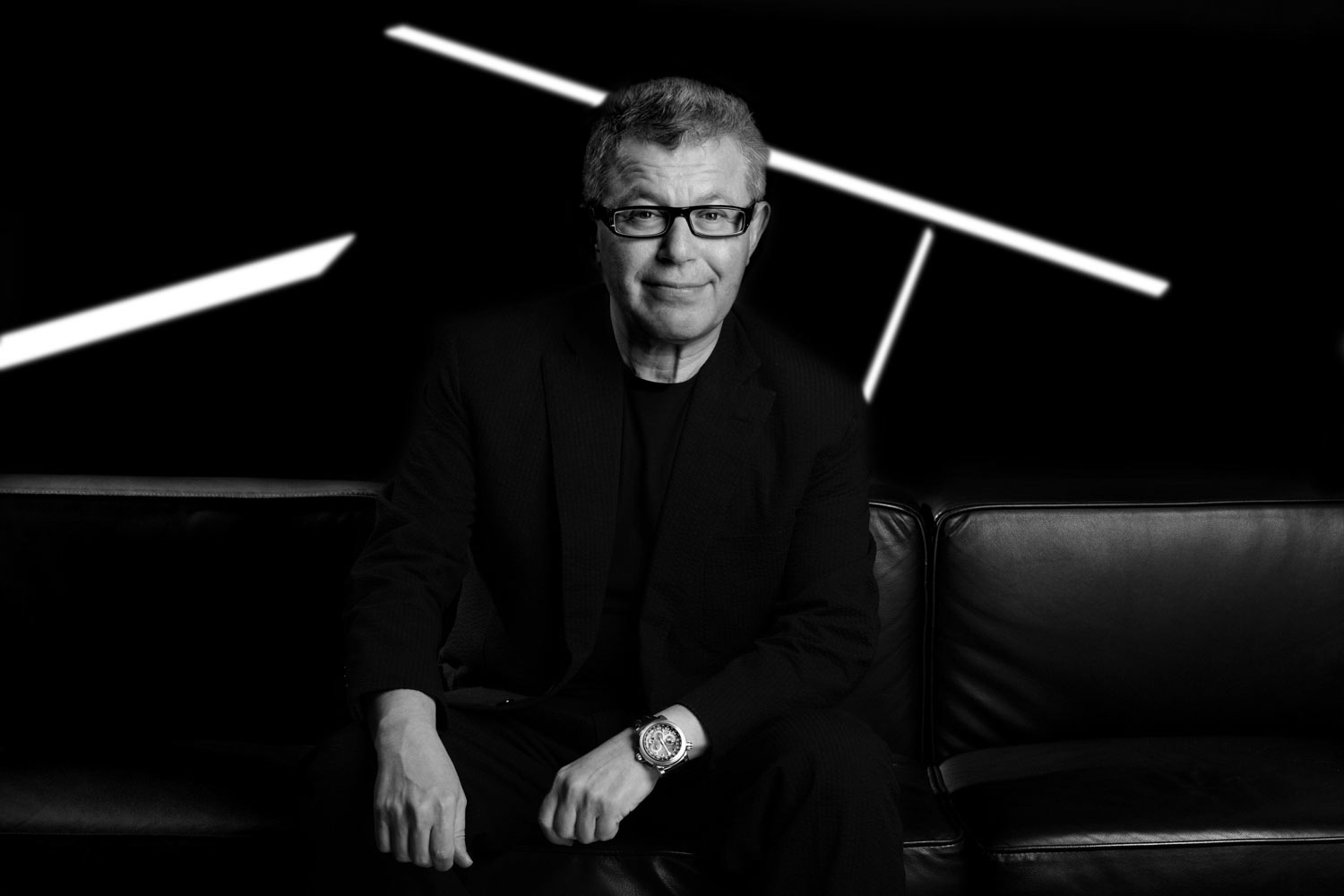
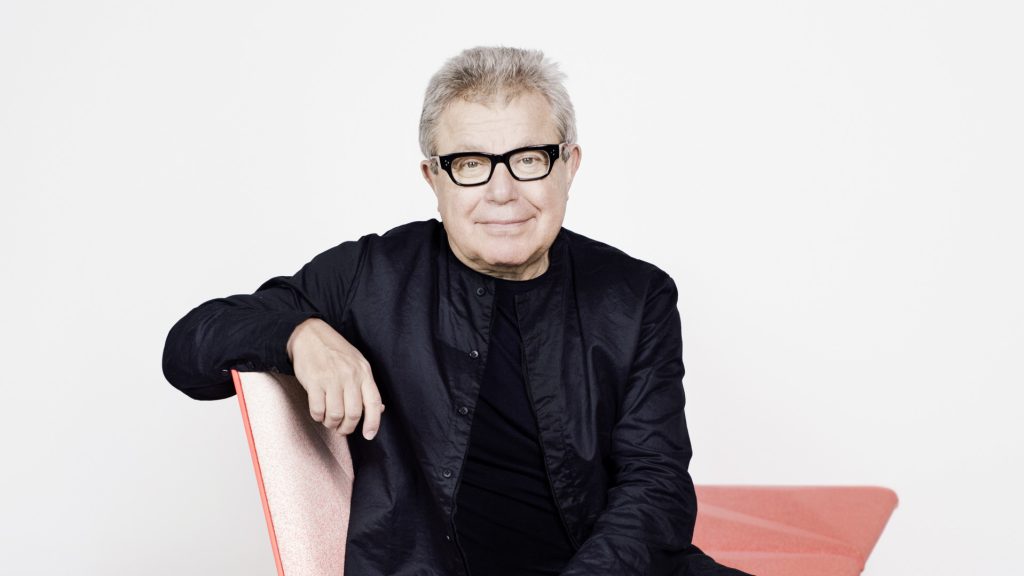
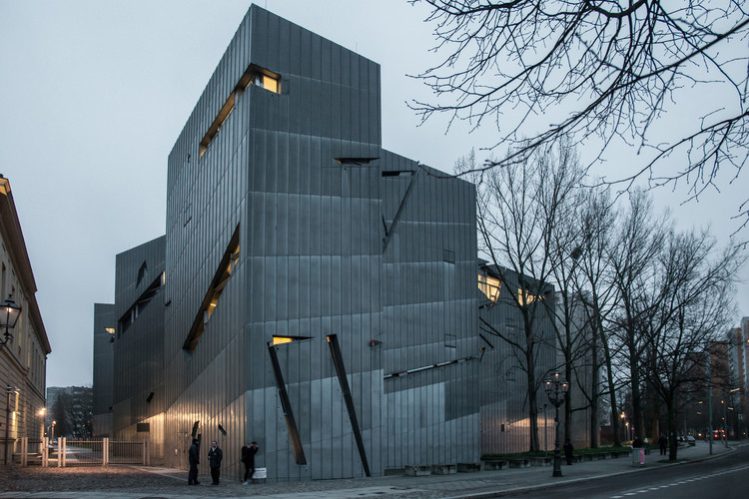
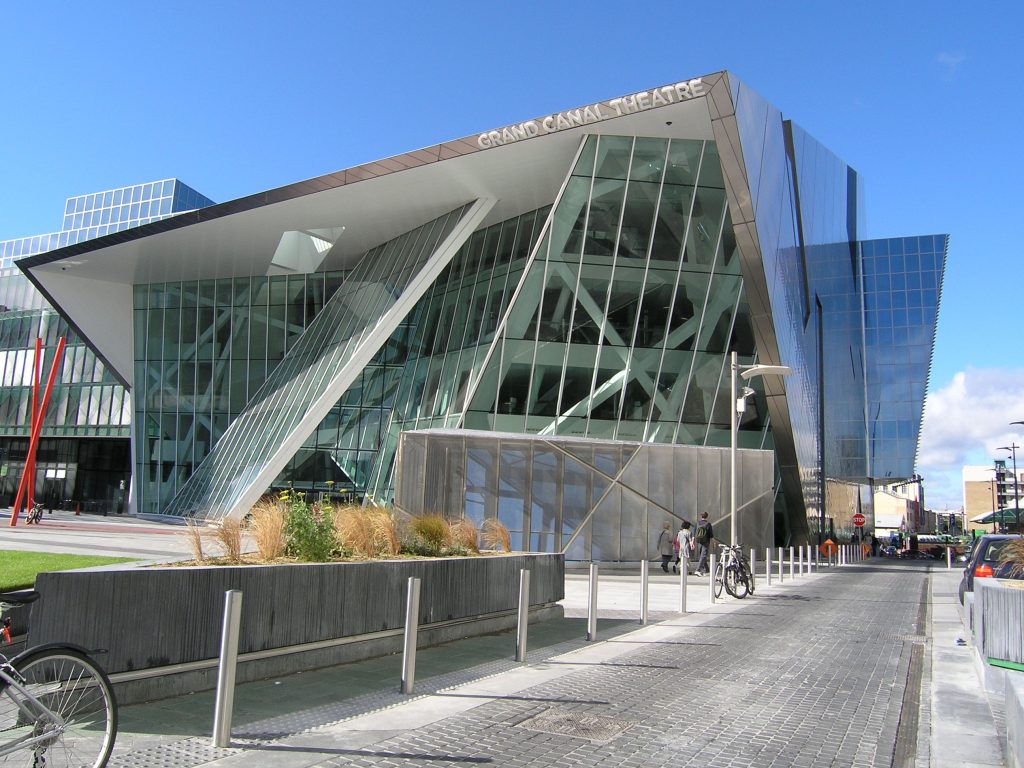
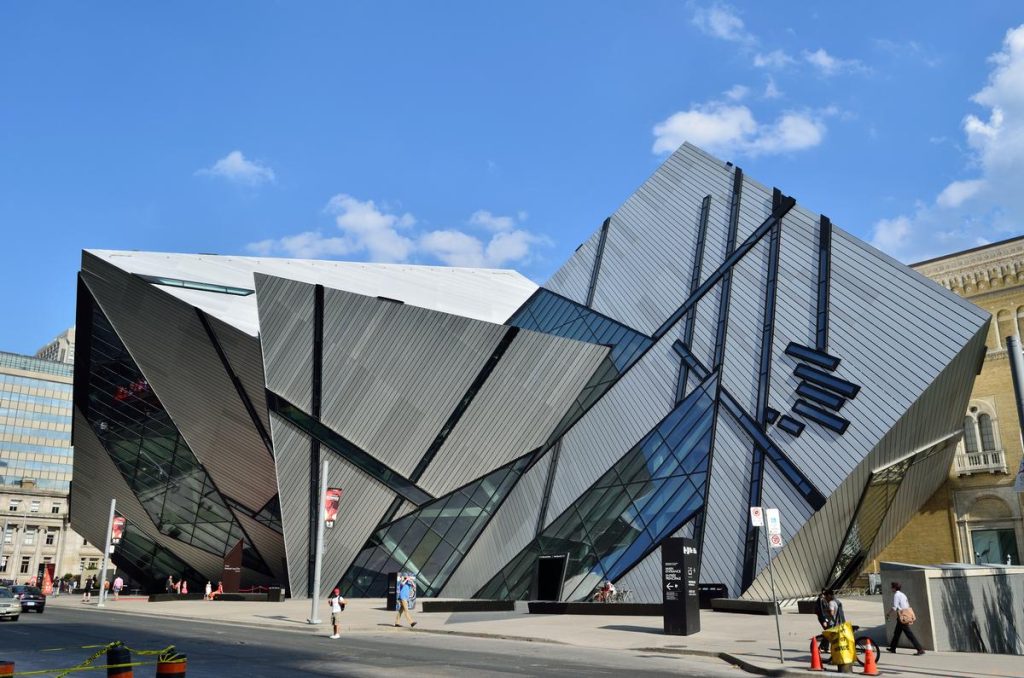
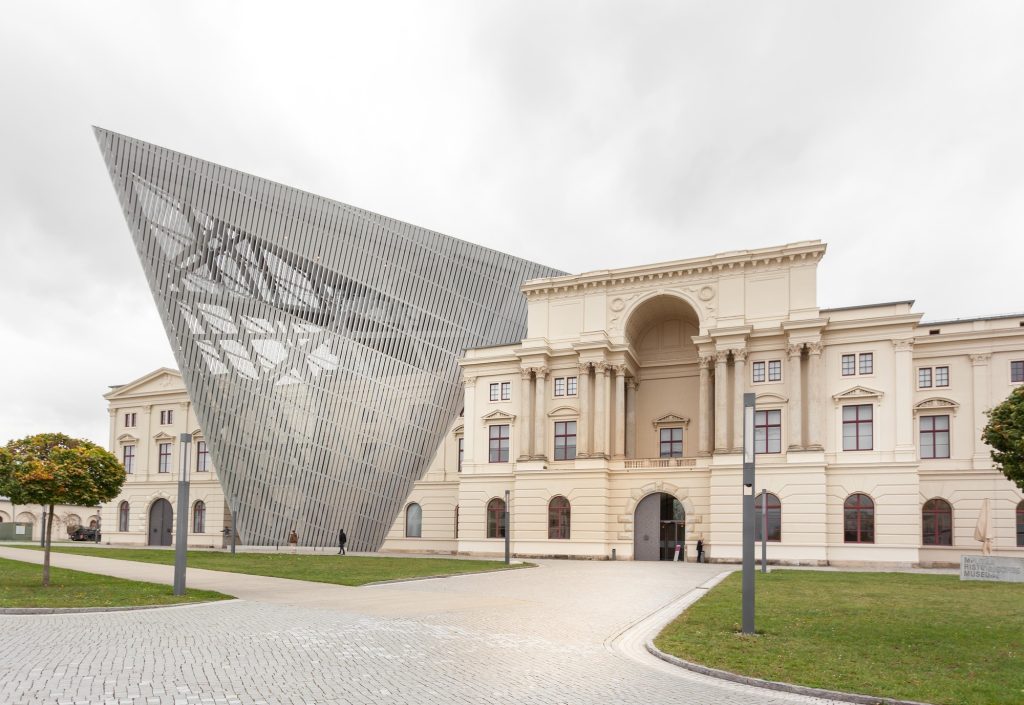
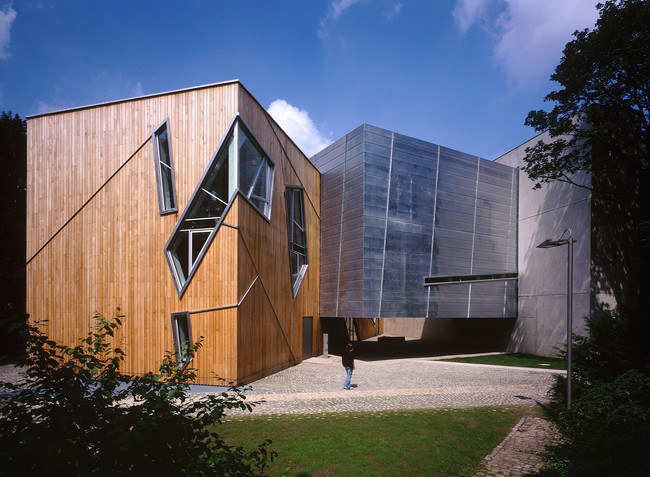
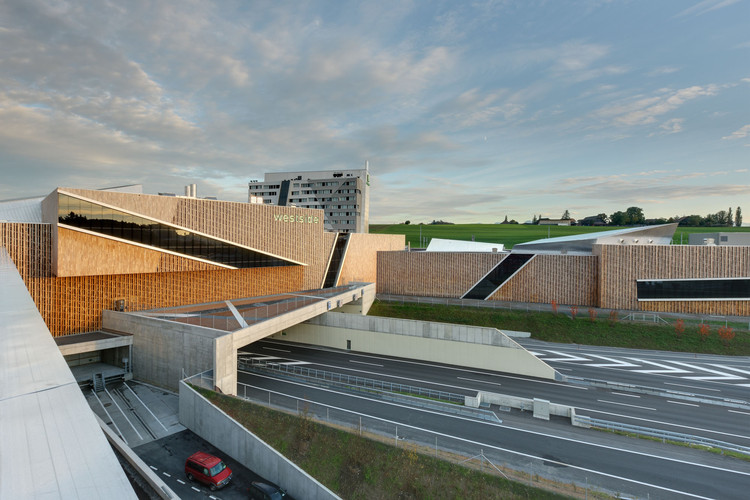
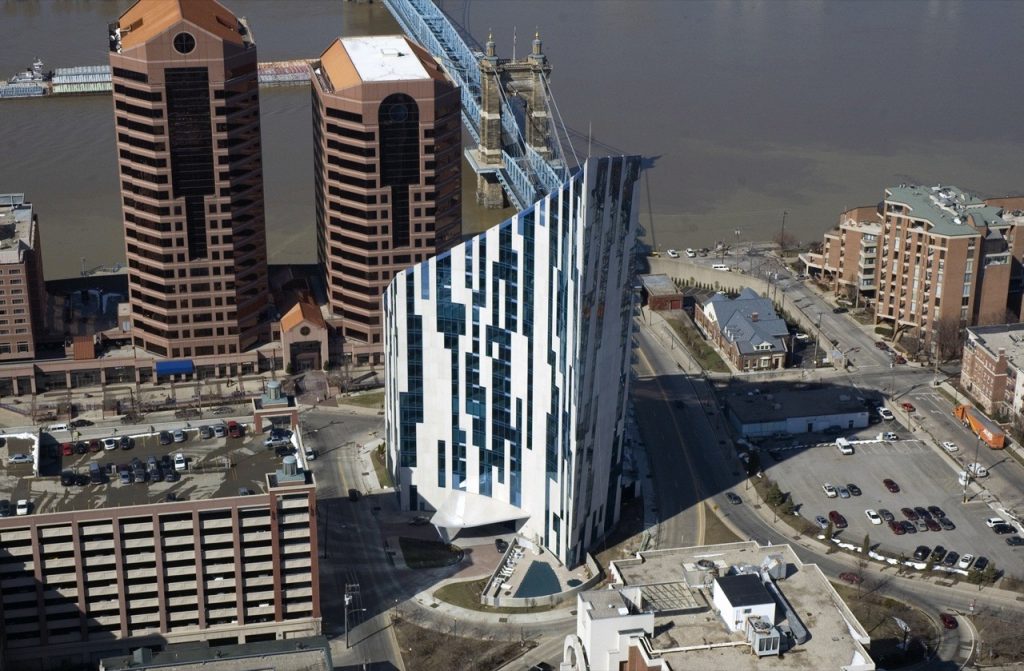
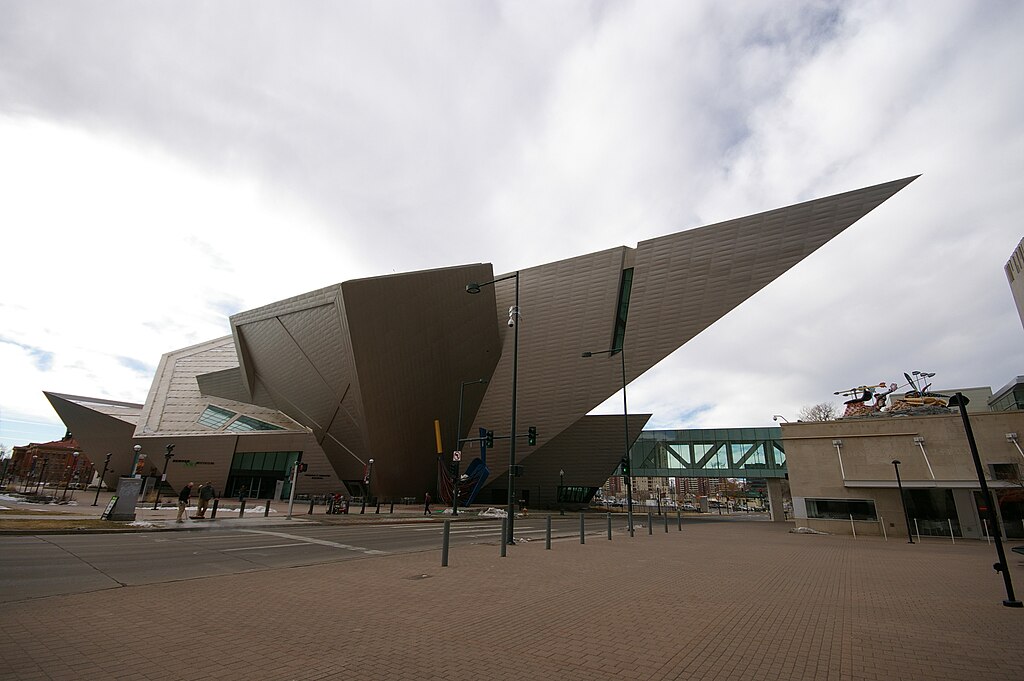














Leave a comment